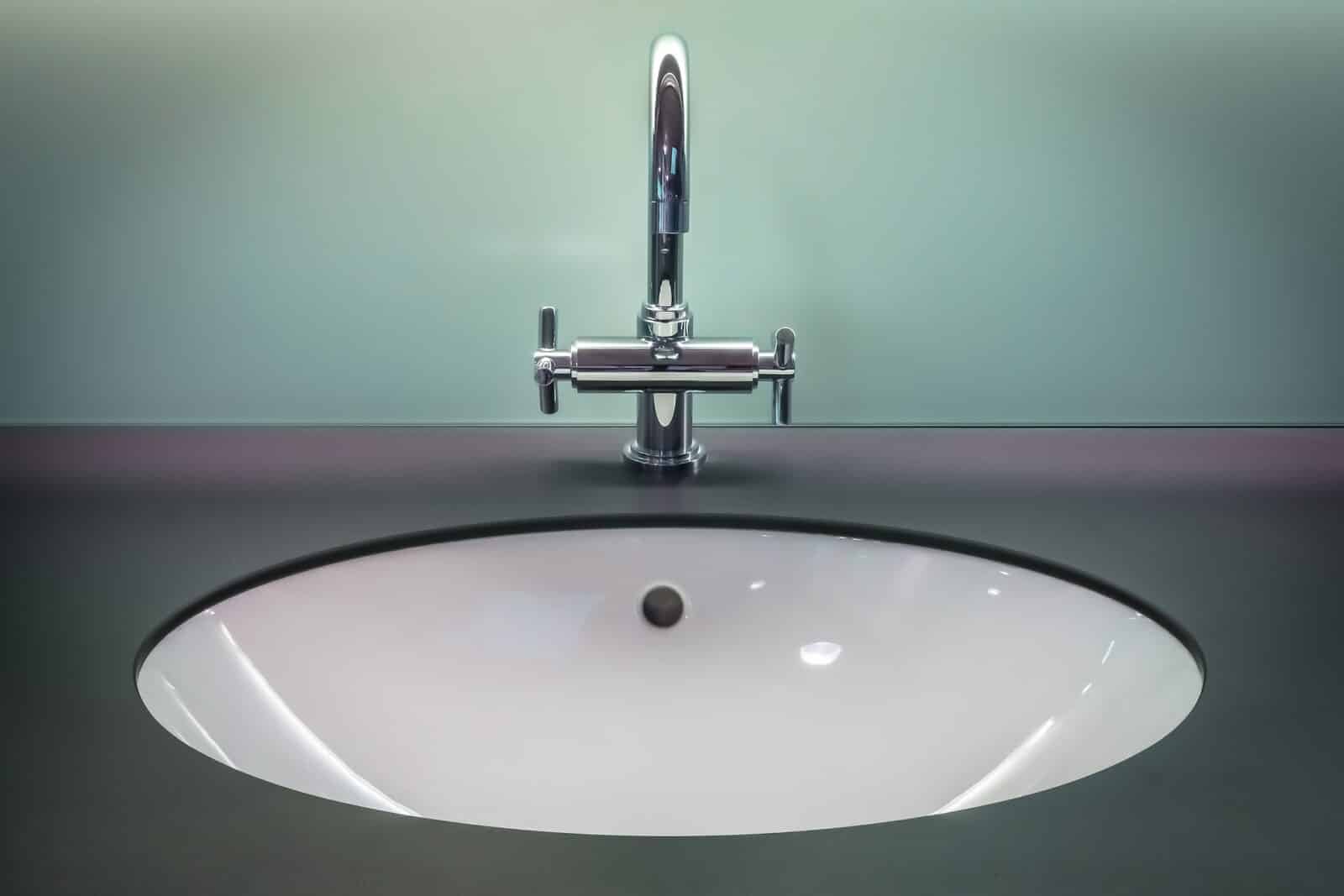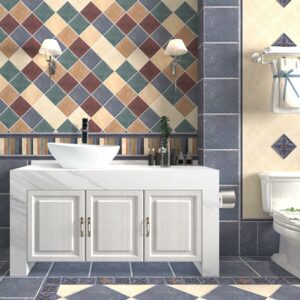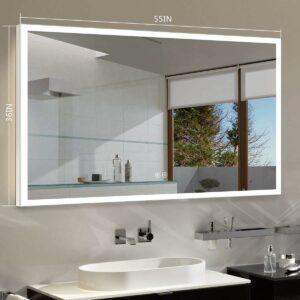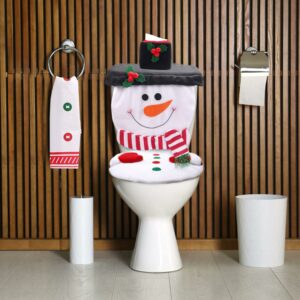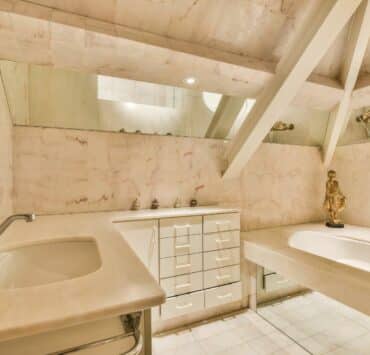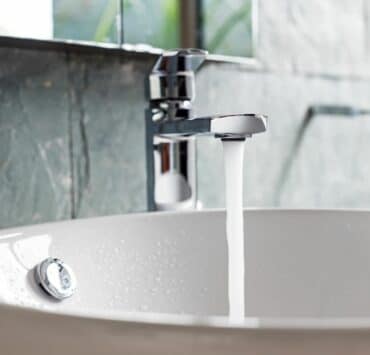Sink overflows may seem like a small and inconspicuous feature, but they play a crucial role in maintaining the functionality and hygiene of your kitchen or bathroom. While you might not think about them often, understanding the purpose of a sink overflow hole can help you appreciate their value in preventing potential plumbing issues. In this comprehensive guide, we’ll delve into their significance and why they are an essential part of your sink design.
The Purpose of a Sink Overflow Hole
A sink overflow is a small opening located near the top of a sink’s bowl. Its primary purpose is to prevent overflowing water from flooding your countertop or floor. When the water level in the sink gets too high, instead of spilling over, it is directed into the overflow opening and then into a hidden drainpipe that connects to your main plumbing system.
Preventing Water Damage
One of the key reasons for incorporating a sink overflow is to avoid water damage. Whether you’re busy washing dishes, filling the sink, or accidentally leaving the faucet on, water can quickly accumulate and overflow. Without an overflow, this excess water would spill onto your countertop or floor, potentially causing significant damage and requiring costly repairs.
Maintaining Hygiene
Sink overflows also contribute to maintaining a clean and hygienic environment. When water starts to overflow, it carries with it any debris, food particles, or soap scum present in the sink. By channeling this mixture of water and debris into the overflow opening, the sink’s main drain remains less likely to clog, reducing the chances of foul odors and bacterial growth.
Preventing Plumbing Issues
Clogged drains are a common plumbing issue, and sinks without overflows can be more susceptible to this problem. The overflow serves as an additional pathway for water to escape, relieving pressure on the drain and reducing the risk of clogs. This can extend the lifespan of your plumbing system and minimize the need for frequent maintenance.
FAQs
Q: Do all sinks have overflow openings?
A: No, not all sinks have overflow openings. Some modern sink designs omit the overflow feature for aesthetic reasons, but it’s still a common and practical element in many sinks.
Q: Can I block the sink overflow to create a deeper basin?
A: It’s not recommended to block the sink overflow intentionally. Doing so can increase the risk of overflowing and water damage.
Q: Do bathroom sinks have overflows as well?
A: Yes, bathroom sinks often have overflows for the same reasons as kitchen sinks. They help prevent water damage and maintain cleanliness.
Q: Can I clean the sink overflow?
A: Yes, it’s a good idea to clean the sink overflow regularly. Use a mixture of vinegar and water to dissolve any mineral buildup.
Q: Can a sink overflow become clogged?
A: Yes, sink overflows can become clogged over time due to soap scum and debris. Regular cleaning can help prevent this issue.
Q: Are sink overflows required by building codes?
A: In many regions, building codes do require sink overflows in both kitchen and bathroom sinks to prevent water damage.
Conclusion
Sink overflows may be unassuming, but their role in preventing water damage, maintaining hygiene, and preventing plumbing issues is invaluable. By directing excess water into a hidden drainpipe, sink overflows offer a practical solution to potential problems that can arise in both kitchen and bathroom sinks. Next time you use your sink, you can appreciate the design and functionality of this often-overlooked feature.
